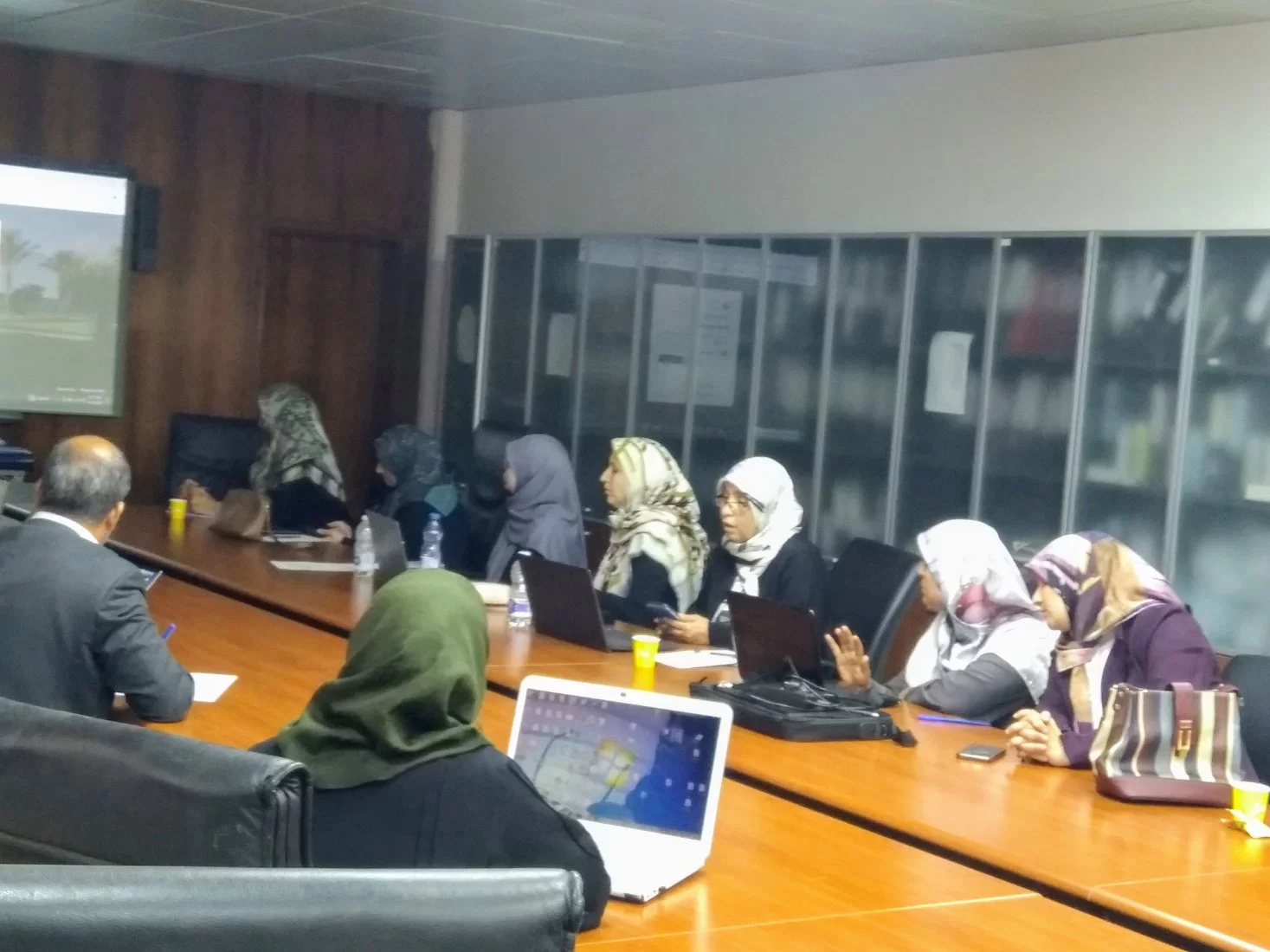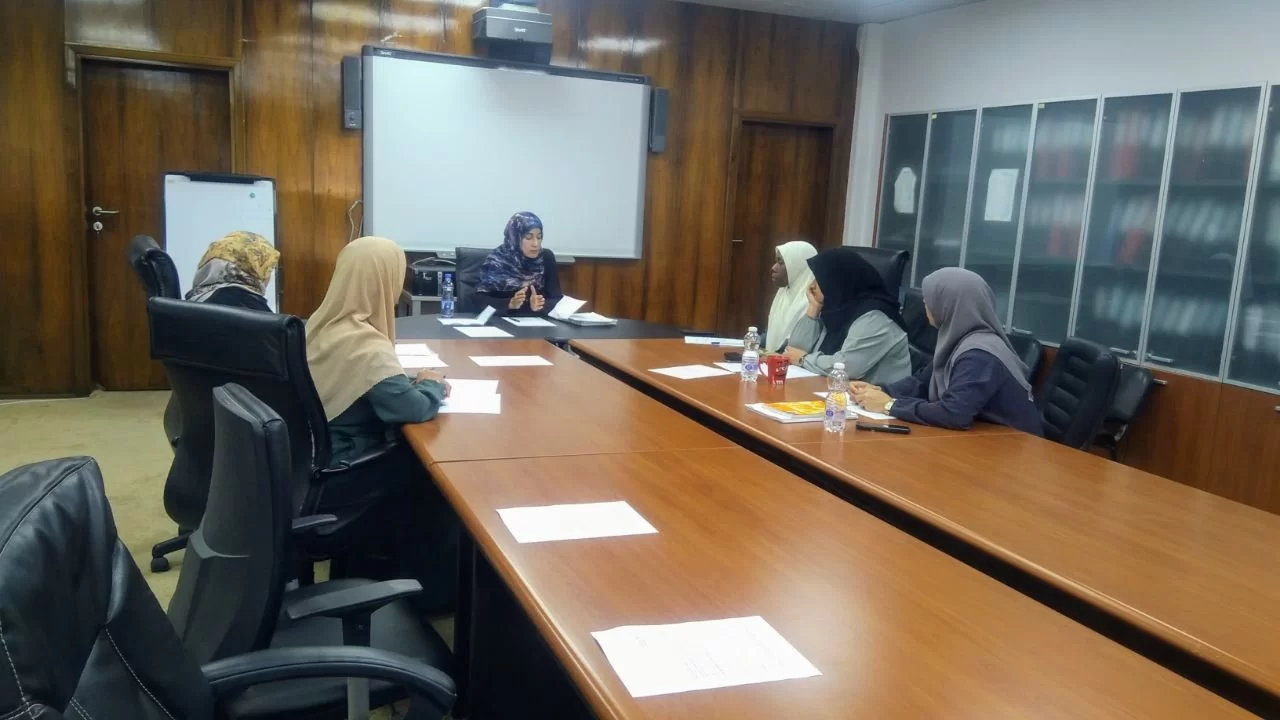faculty of Medicine
More ...About faculty of Medicine
The Faculty of Medicine was established in 1973, Tripoli, to contribute in qualifying medical personnel. The Faculty graduated its first batch in 1980.
It is one of the largest faculties at the University of Tripoli. It an important edifice of knowledge, so that during the past four decades this Faculty has contributed to preparing and graduating qualified doctors who had been very successful in performing their assigned role in the medical field in all the hospitals located all over the country. The graduate doctors were able to provide the best health services. The Faculty of Medicine has more than 493 faculty members, most of them are national elements who were among the first batches in this college and who contributed to providing the necessary health services in hospitals, clinics and dispensaries.
Many graduates of this Faculty have been sent to complete their studies abroad and who have proven their capabilities in scientific and clinical achievement with the testimony of many international universities. The Faculty seeks to activate graduate programs in various disciplines. It works to develop the vocabulary of its curricula and teaching methods that keep pace with the requirements of international quality.
Facts about faculty of Medicine
We are proud of what we offer to the world and the community
Publications
Academic Staff
Students
Graduates
faculty of Medicine News
Programs
Master - Community Medicine
Vision: Excellence in medical education and scientific research to achieve the highest level of health and well-being for all members of the comm...
Details















